To carry out this task, the Ministry of Construction has just proposed many important contents in the Project, which clearly defines the goal of developing the railway industry synchronously in 5 main groups of categories: Consulting, design and project management; railway construction industry; information - signal industry; locomotive, wagon and spare parts industry; traction power system.
Regarding the roadmap for technological autonomy, the Ministry of Construction sets a target that by 2032, domestic enterprises and organizations will be able to undertake 70% of the work related to consulting, design, project management and technical services; 70% of infrastructure construction work; 50% of the production of locomotives, carriages, equipment and electrical systems; 50% of information, signal and control systems; 80% of the maintenance and repair work for railway systems with speeds up to 200km/h. By 2045, domestic capacity is expected to reach a higher level.
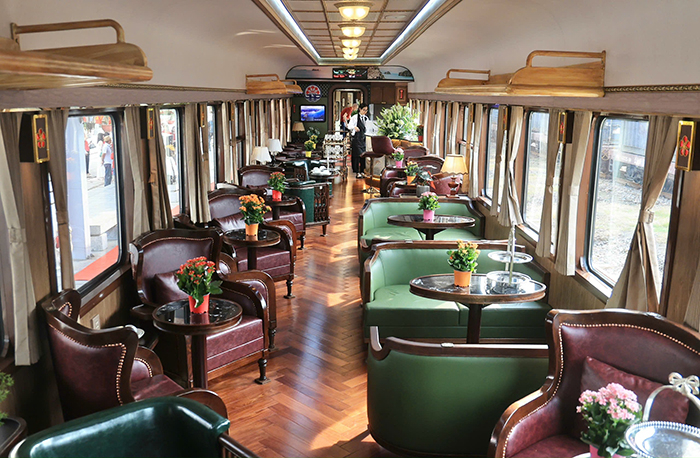
With a railway system with a speed of up to 200 km/h, Vietnamese enterprises can fully master the work of consulting, designing, managing projects, constructing infrastructure, manufacturing carriages, materials, equipment and electromotive force; achieving 90% autonomy in the field of information - signal - control; 70% in locomotives; 100% in maintenance and repair. For high-speed railways over 200 km/h, domestic enterprises are oriented to be able to be 90% autonomous in consulting, designing, managing projects; undertaking 100% in infrastructure construction; achieving 50% in the production of trains, equipment, materials and electromotive force; 80% in the field of information - signal - control; 100% in maintenance and repair.
According to the Ministry of Construction, to realize the above goals, the key factor is to have a large enough market and policies to encourage research and investment. The Government needs to issue criteria for selecting state-owned enterprises to be assigned tasks, or Vietnamese enterprises with sufficient capacity to order railway industrial goods and services; at the same time, create a mechanism for research, application, and technology transfer. In addition, it is necessary to develop a list of railway industrial goods and services that will be assigned or ordered by domestic enterprises.
The Ministry of Construction also proposed that, for each specific project, the Prime Minister would approve a list of Vietnamese enterprises eligible to participate in stages such as design consultancy, project management, technology reception and implementation. Under this mechanism, foreign contractors participating in railway projects in Vietnam will be required to use domestic contractors on the approved list.
Previously, Director of Vietnam Railways (Ministry of Construction) Tran Thien Canh said that according to the planning for the 2021-2030 period, with a vision to 2050, Vietnam's national railway network includes 16 routes (an increase of 9 routes), 4,802km long (an increase of 2,362km); the period to 2050 includes 25 routes, 6,354km long (an increase of 1,552km). The need to develop railway infrastructure, for the railway infrastructure construction industry group, requires the supply of 28.7 million meters of rail; 11,680 turn signals; 46 million sleepers. The group of locomotives and wagons for a track gauge of 1,435mm, by 2030 will need 250 locomotives, 1,760 wagons, by 2045 will need 2,000 locomotives, 10,144 wagons.
Regarding the railway infrastructure construction industry, by 2030, in the field of railway design and construction, strive to master 90-95% of the construction techniques of substructures; master 100% of the design and construction of superstructures for railways under 200km/h, strive to participate in about 50% to 70% of high-speed railway projects...
According to the leader of the Shipbuilding Industry Corporation (SBIC), SBIC and its joint ventures currently account for more than 60% of Vietnam's shipbuilding capacity. The shipbuilding industry will have many opportunities and room to participate in building train cars for railway projects. SBIC's leader also cited specific evidence that the unit has a relatively modern factory system and production line (such as automatic welding robots, laser cutting machines and anti-corrosion painting lines according to European standards), which can be converted to produce train car components; has full specialized equipment for precision mechanical processing; a team of engineers and workers who are well-trained and have experience proven through exported mechanical products; welders' skills are certified in Japan, Norway, France, etc. If there are designs of train cars, SBIC units can completely build new ones and hand them over to the railway industry on schedule and with quality.
Source: https://cand.com.vn/Giao-thong/phat-trien-cong-nghiep-duong-sat-voi-giai-phap-dot-pha-i768148/



![[Photo] Scientific workshop "Building a socialist model associated with socialist people in Hai Phong city in the period of 2025-2030 and the following years"](https://vphoto.vietnam.vn/thumb/1200x675/vietnam/resource/IMAGE/2025/5/21/5098e06c813243b1bf5670f9dc20ad0a)
![[Photo] Determining the pairs in the team semi-finals of the National Table Tennis Championship of Nhan Dan Newspaper](https://vphoto.vietnam.vn/thumb/1200x675/vietnam/resource/IMAGE/2025/5/21/eacbf7ae6a59497e9ae5da8e63d227bf)
![[Photo] Prime Minister Pham Minh Chinh attends the groundbreaking ceremony of Trump International Hung Yen Project](https://vphoto.vietnam.vn/thumb/1200x675/vietnam/resource/IMAGE/2025/5/21/ca84b87a74da4cddb2992a86966284cf)

![[Photo] Prime Minister Pham Minh Chinh receives Rabbi Yoav Ben Tzur, Israeli Minister of Labor](https://vphoto.vietnam.vn/thumb/1200x675/vietnam/resource/IMAGE/2025/5/21/511bf6664512413ca5a275cbf3fb2f65)


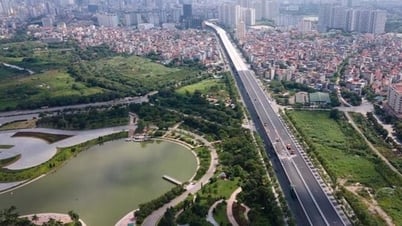













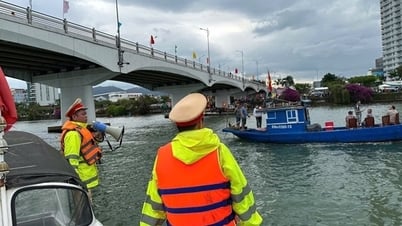



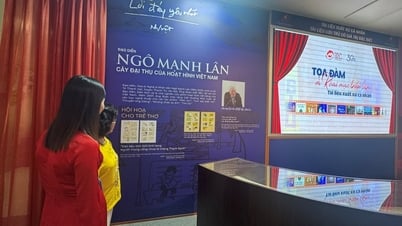




























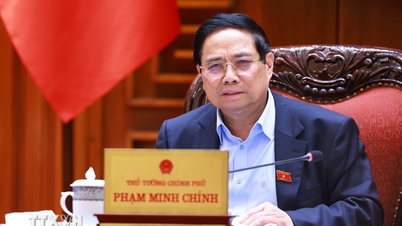



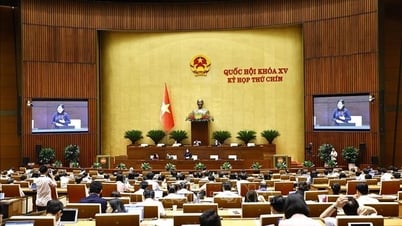

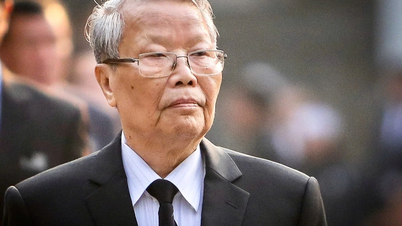






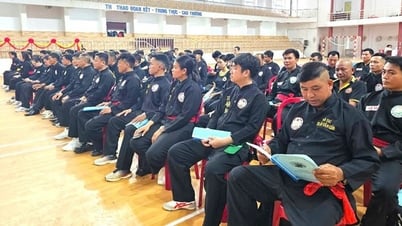

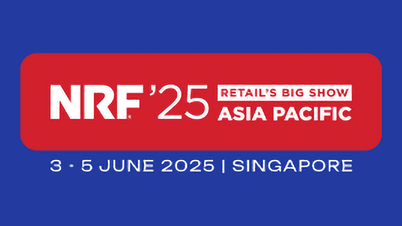




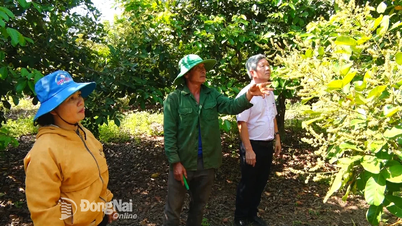

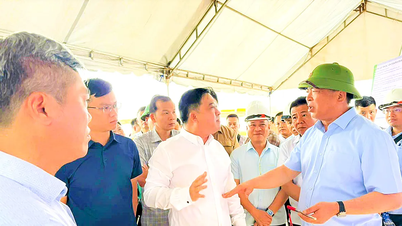
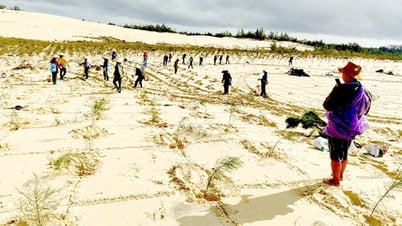
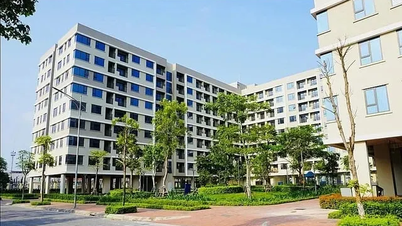












Comment (0)